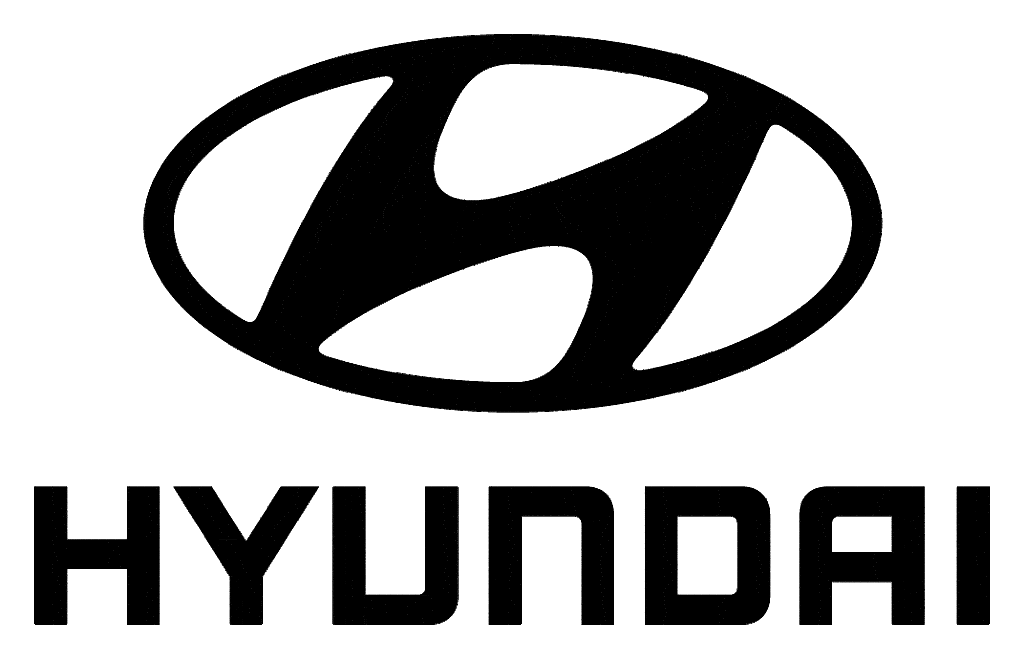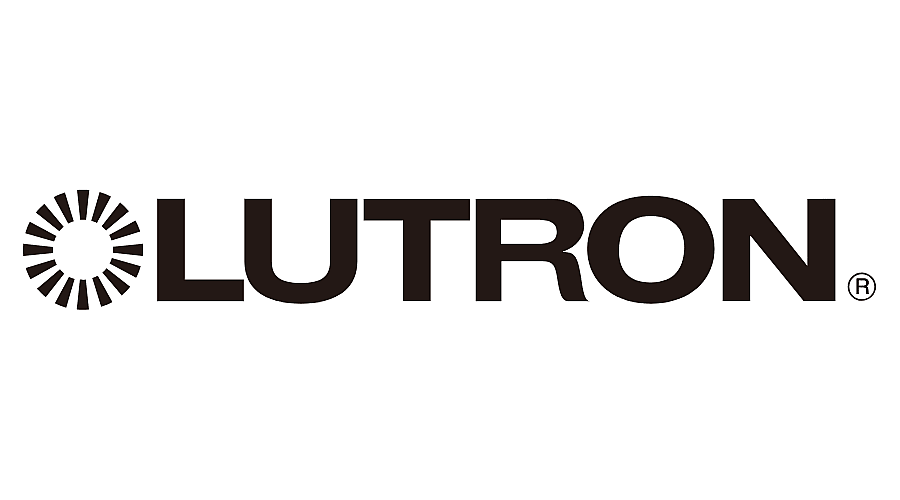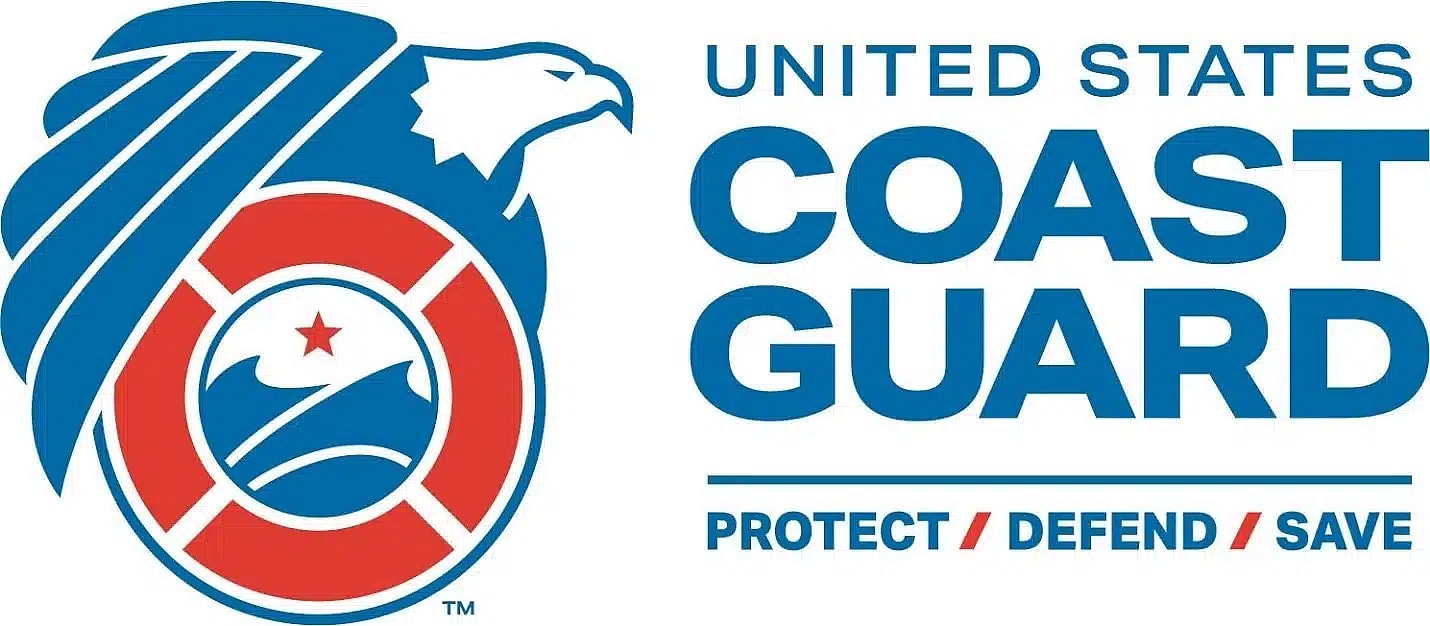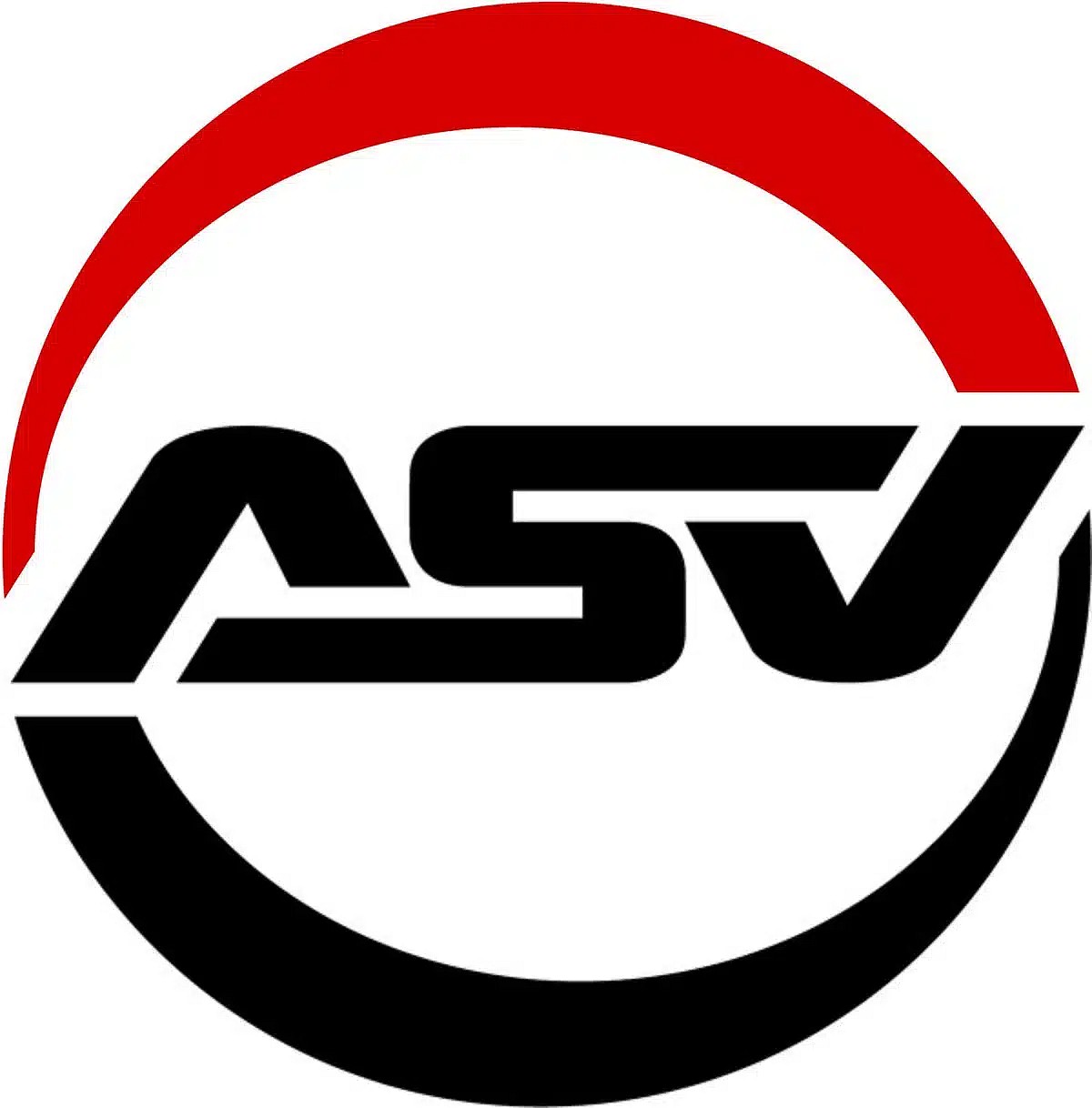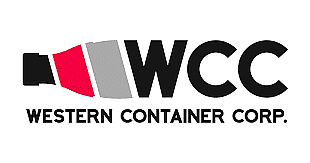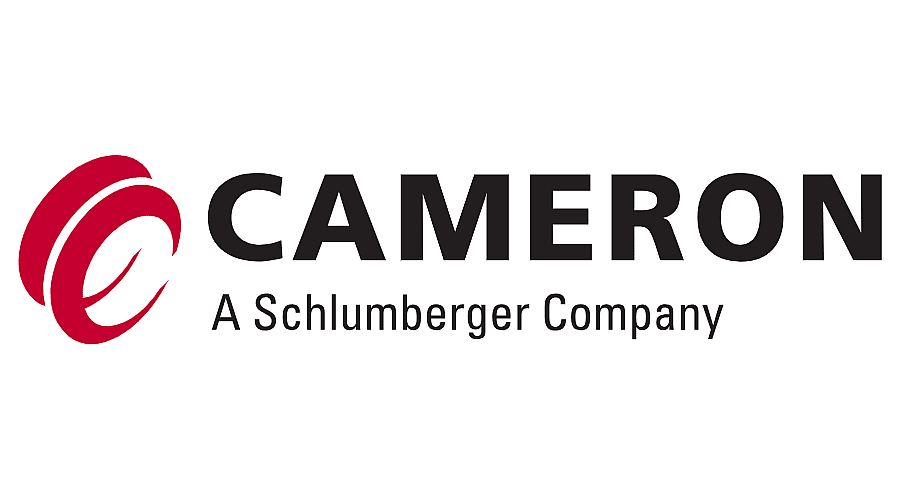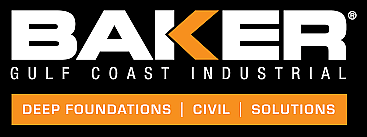Issues Resulting From Corrosion in an Industrial Setting
There are many types of corrosion that affect multiple industries. Corrosion has negative effects on businesses, the environment, and people. While you may be confident in your infrastructure, or maybe even take it a bit for granted, corrosion can happen to any infrastructure. Staying aware of the issues that result from corrosion in your industry is vital to maintain the health and wellness of your business, the environment, and the people who live nearby.
Types of Corrosion
Corrosion occurs when a metal deteriorates due to a reaction the metal has with its environment. Corrosion types and behaviors vary depending on the specific metal, structure configuration and the environment’s unique composition. We provide a brief overview for some of the common corrosion types:
Uniform corrosion
This is perhaps the most common type of corrosion. We’ve all seen steel and iron rust over time. A chemical or electrochemical reaction typically causes uniform corrosion, and it will lead to the material’s entire exposed surface to deteriorate. Since it’s extremely common, it’s one of the most predictable, manageable, and preventable types of corrosion. This, however, is only true if you carefully watch for, examine, and promptly take care of the issue when it first presents itself. This is why this form of corrosion is generally regarded to be safer than others; although, this corrosion is not exempted from economic issues such as repair costs.
Localized corrosion
Localized corrosion is generally less common or detectable than uniform corrosion, but it can be a bit more problematic. It affects smaller areas, so it often goes unnoticed until a catastrophic event, such as a failure in the system, occurs. Localized corrosion targets a specific location of the metal material. There are many different modes of localized corrosion. Some of the more common modes among them are:
Pitting
Pitting occurs when a small pit or hole forms in the metal, and can often result from damage to a protective coating or de-passivation of the area. This causes the area to become anodic, or more electrochemically active, to other parts of the metal surface. The resulting difference in the energy states of the anodic and cathodic areas drives a local reaction that deteriorates the anodic metal, and this can potentially lead to a total failure of the structure itself.
Crevice corrosion
Crevice corrosion also targets a specific, smaller area of the metal structure, but it’s more often found in microenvironments or between two adjoining parts where the configuration of the installation promotes the formation of environments with differing chemical compositions. Known as differential concentration cells, these situations usually result from the formation of acidic conditions and oxygen depletion within the crevice.
Filiform corrosion
Filiform, or underfilm corrosion happens when water breaks into a thin film coating on a metal structure. It starts with small breaks in the coating—caused by typical usage among other factors—and propagates along the structure, separating the coating from the metal resulting in conditions similar to those of crevice corrosion.
Overall, localized corrosion is hard to catch and works alongside with stress and other factors to put your structure at risk of depletion or failure.
Stress corrosion cracking
Stress corrosion cracking is a very damaging and dangerous type of corrosion. It often damages parts and structures to a point far beyond repair, and it leads to vastly increased costs and a need for replacement equipment at a much higher rate. There are many circumstances and actions that can lead to stress corrosion cracking. Some of the causes can be related to working with the metal material during welding, heating, or cooling. It can also result from active stress or fatigue if it’s exposed to an aggressive environment and/or subject to intense conditions.
Galvanic corrosion
Galvanic corrosion is another common type of corrosion. When two metals are at differing electrochemical energy levels and become linked by a conductive path, galvanic corrosion occurs. This type of corrosion is commonly found when dissimilar metals are used as part of the same structure. The difference in energy levels between the dissimilar metals acts as the driving force for the corrosion reaction. There are three conditions that must be met for galvanic corrosion occur:
- Metals that are electrochemically dissimilar need to be present, forming the anodic and cathodic areas.
- The two metals must be in contact electrically, allowing for the exchange of electrons. For example, a copper service line connected to a ductile iron water main.
- Both metals need to be exposed to an electrolyte, activating the electromotive driving force.
Caustic agent corrosion
Caustic agent corrosion happens when an impure or contaminated material wears the metal material down. For example, impure gasses do not typically damage metal, but when exposed to moisture, they often form droplets of corrosive material. Impure solid materials and liquids can also cause caustic agent corrosion.
The main issues that result from corrosion in industrial settings can be broken down into two categories: economic and social.
Economic issues
Corrosion can lead to your metal material or structures failing, either partially, due to depletion, or entirely. This results in very expensive repair costs. If your equipment or infrastructures deteriorate quicker than expected, you may not have planned for the repair costs, or worse, the replacement costs. Industries affected by the tremendous costs caused by corrosion-related issues often must pass these excess costs onto consumers in the form of higher rates, prices, and smaller service areas while the company restructures and works to pay off their unexpected occurred costs. Some of the common economic issues caused by corrosion are:
- Cost of leak/spill containment and cleanup
- Cost of replacement of equipment/materials/structures
- Costs of preventative corrosion work
- Lessened efficiency
- Product contamination
- Restriction of usable materials
- Equipment damage around the corroded pieces and materials
- Production/working shutdown while corrosion is addressed
These points are only some of the expensive issues surrounding industrial corrosion. Many industries spend millions of dollars a year handling corrosion prevention, assessment, and solutions.
Social issues
Health, safety, and the depletion of natural resources are all possible results of corrosion. Here are some possible social and safety complications corrosion may cause:
- Corrosion that causes sudden failure has the potential to result in fires, explosions, toxic material exposure, loss of power and structural collapse. These can all harm people, environments, and endanger surrounding areas near your site.
- Pollution caused by depleted or corroded equipment allows harmful products to escape. Corrosion itself also may cause pollution.
- Metals that become corroded, as well as any natural fuels used within or around them, can deplete during the corrosive process.
- Your metal materials may become rusted or less safe, which makes your business appear less structurally sound and unreliable.
If you wish to prevent, or handle, a corrosion issue on your industrial site, contact our expert corrosion engineering consultants. Dreiym Engineering is a professional corrosion engineering firm and can help you prevent, fix, and find solutions for corrosion issues or threats.











